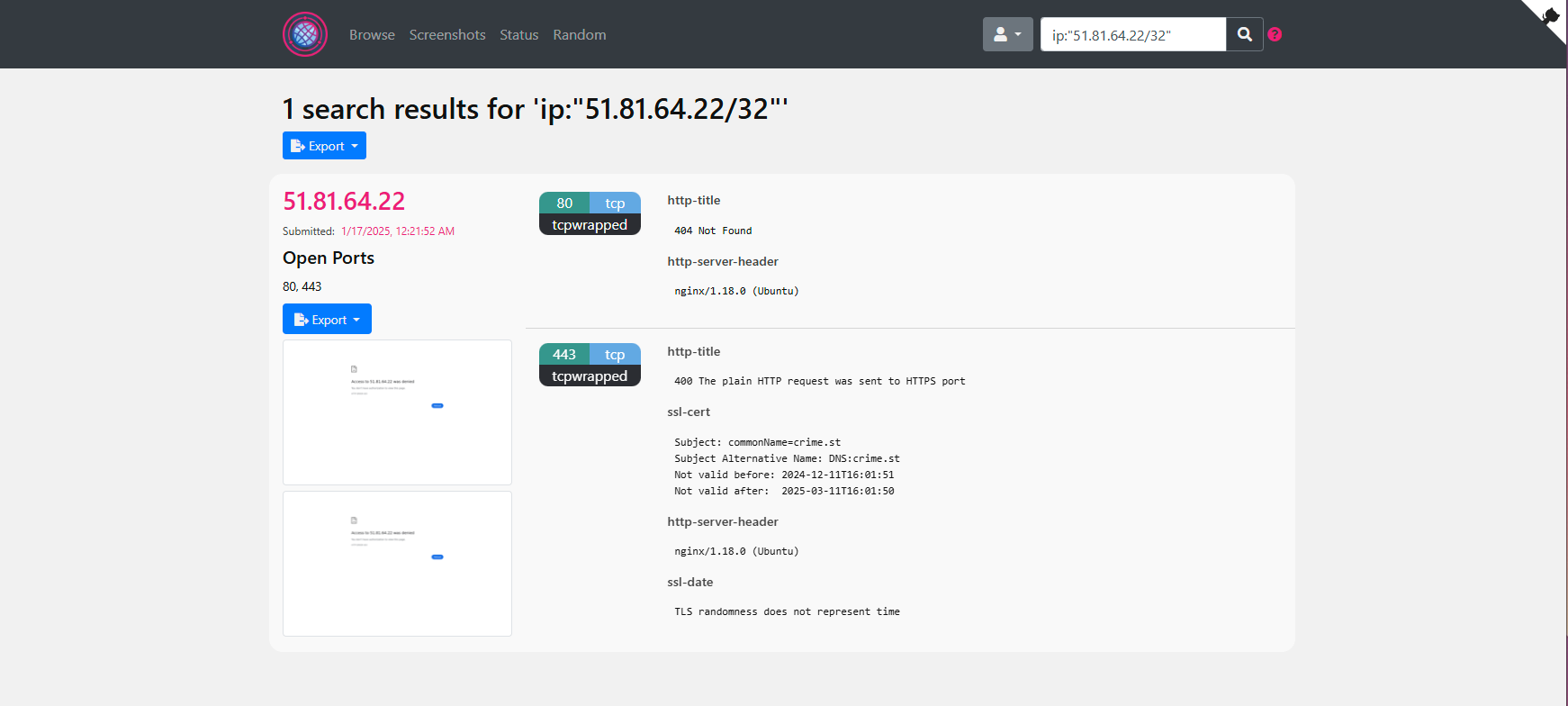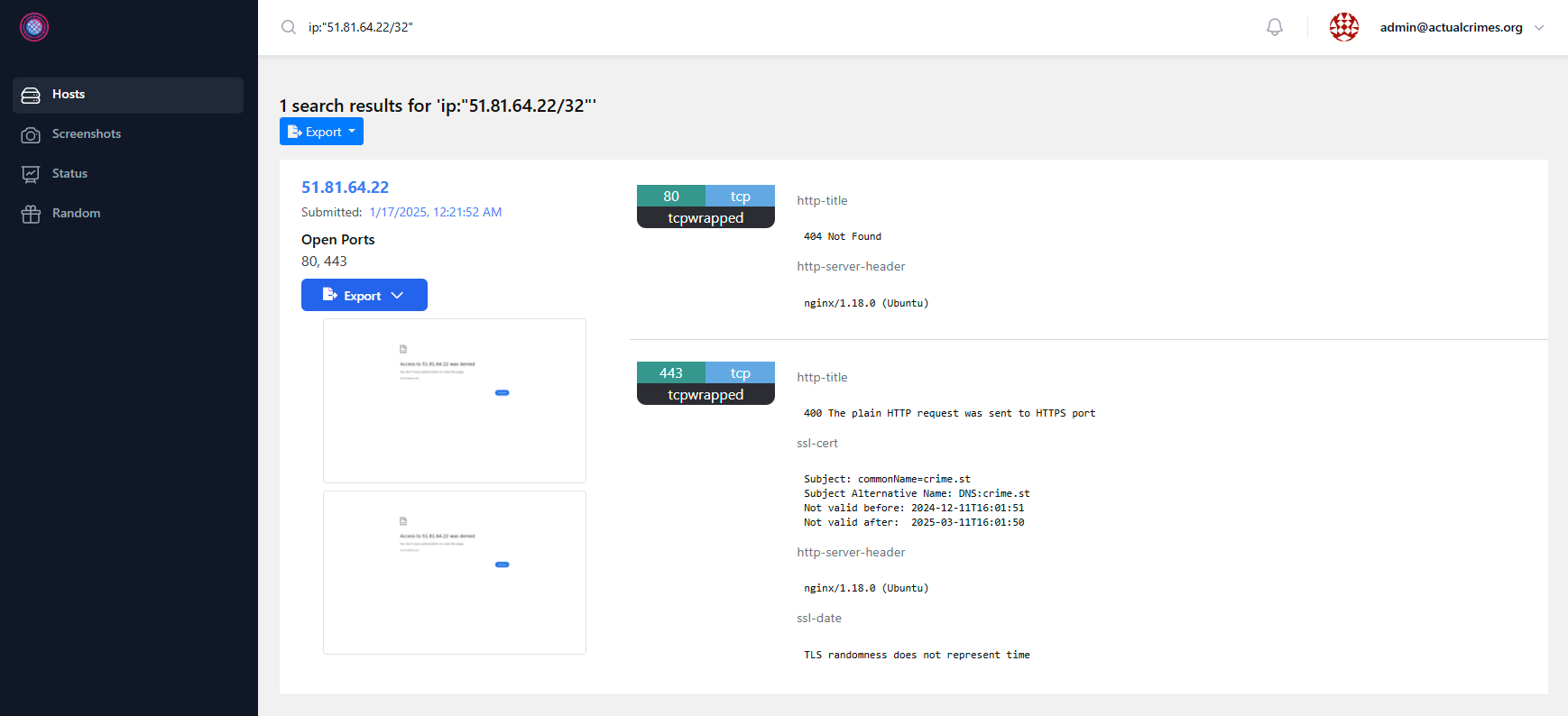Natlas & Tailwind
I managed to complete the transition to tailwind for natlas finally. I made heavy use of LLMs to help translate bootstrap classes and paradigms over to tailwind and Alpine.js. It’s definitely not the cleanest, but it is a whole new look, and it helps readjust the application towards a locality of behavior focus.
This change further cements the lack of backwards compatibility in the new natlas code, as I previously versioned each piece of data based on the application version that produced it, even if there were little or no changes to the data itself. This meant that I had a ton of duplicate html to render said data of various application versions. But since I know I’m redoing that whole concept, I ripped out all the old versions and only kept the latest version, which I updated to tailwind styles.
I am considering two directions for the next set of tasks I’m going to focus on with Natlas. First, I may work on the elastic data model and replace it with the elasticsearch-dsl-py, which lets me model my elastic documents as python objects. This needs to happen, but it feels big and so I am a little worried about it. The other direction is to spend more time working on some of the interactivity, introducing either htmx or unpoly to give nice dynamic behavior but with server-side control. I want to minimize the amount of javascript logic and/or data handling I have to write, including advanced alpine logic. This will mean rewriting a bunch of routes I already have, writing new routes to handle new more specific behaviors, etc.
I’ll also caveat that I didn’t spend a ton of time trying to actually change how natlas looks to give it a more modern feel. The tailwind transformation was just to set the project up for a position in the future where that will be easier. So a lot of things look pretty similar, and I’ll work on improving things slowly over time as I tackle the tech debt.
Before Tailwind

After Tailwind

PROTOCOL

I spent several hours this week working to prepare my new video series, PROTOCOL, for launch. I still have more work to go, and I guess that will always be true since I want to release videos weekly. But the first episode is ready to go and will be releasing this week. It’ll launch on my youtube channel, 0xdade, so if you’re interested in the series and want to learn more about it, I recommend subscribing. But if you don’t want to make that commitment yet, I understand. Instead, let me give you an elevator pitch.
Protocols play a fundamental role in how we communicate digitally (protocols even play fundamental roles in non-digital things too!). PROTOCOL is a weekly video series that provides a look into what protocols are, how they work, and how they come to be. PROTOCOL videos aim to be between 5-10 minutes long with a pretty fast pace, focusing on “evergreen” content rather than chasing the news. It’s the video series I wish I had when I was getting into tech, development, and hacking.
Consulting Update
I had my first actual sales call for my company, Room 641A, this week. No more details or anything, but I was very excited to get my first actual interest. I’ve done several other jobs already under the company, but they were via a channel that I already had established and didn’t have to setup myself. So I’m celebrating a little bit, even though nothing is closed, I’m still happy to have made that step.
Interesting Links
- Core vs Context - A simple framework for determining what to work on, core is that which is a competitive advantage or key value for the product, context is necessary work but not necessarily work for you to spend time on.
- An Investigation Into Nachash - I found this post to be an interesting demonstration of open source intelligence gathering, and also a prime example of neglecting critical information when connecting dots. I highly doubt the mysterious darknet figure who created doxbin and managed to hide their identity for over a decade and counting was 13 when they started. Too easy to make mistakes at that age unless your parents were training you to be a spy since you were in diapers, imo.
Upcoming Projects
- PROTOCOL - What Is a Protocol? - Subscribe to see the latest episode when it goes live later this week.
